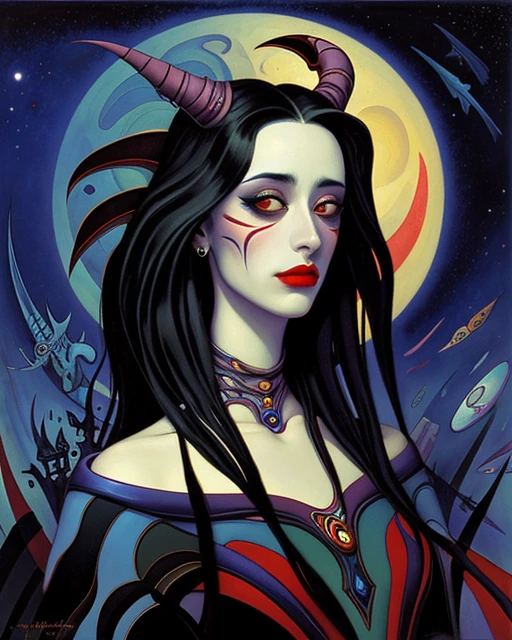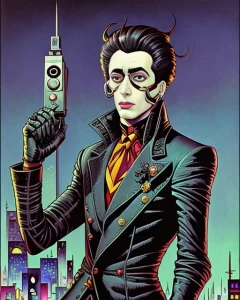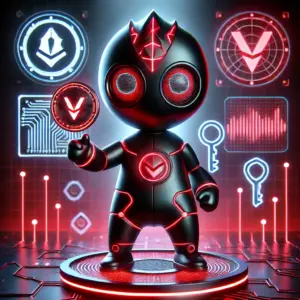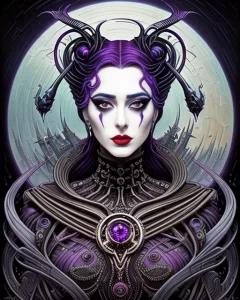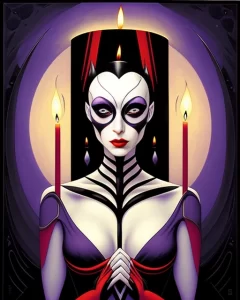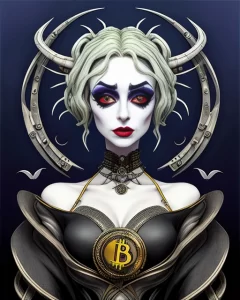The world of NFTs (non-fungible tokens) has exploded onto the scene, transforming the art market in ways unimaginable just a few years ago. This novel technology allows artists to tokenize their creations, ensuring authenticity, ownership, and potential financial gain. But with a vast and ever-evolving landscape, one question remains: What is the most popular art in the NFT space?
The answer, like the art itself, is multifaceted. Popularity can be measured by sales volume, cultural impact, community engagement, and artistic merit. While pinpointing a single “most popular” is subjective, exploring the diverse trends and thriving subgenres within NFTs paints a vibrant picture of what resonates most with collectors.
Diving into the Depths: Top NFT Art Categories
The NFT art ecosystem boasts a remarkable array of styles and themes. Let’s delve into some of the most popular categories:
- Generative Art: Algorithms weave intricate patterns and compositions, often influenced by user input or external data. Projects like Art Blocks and fxhash are havens for this dynamic and mesmerizing art form. A prime example is Dmitri Cherniak’s Ringers collection, where each NFT is a unique and captivating blend of geometric shapes and mesmerizing color palettes.
- Pixel Art: The nostalgic charm of 8-bit and 16-bit graphics finds new life in the NFT world. Collections like CryptoPunks and CrypToadz leverage this retro aesthetic, often incorporating humor, scarcity, and community elements. The Bored Ape Yacht Club (BAYC), featuring mischievous ape avatars with unique accessories, exemplifies this trend, becoming a cultural phenomenon and status symbol.
- Photography and Digital Art: Traditional mediums like photography and digital painting find a new platform in NFTs. Renowned artists like Mike Winkelmann (Beeple) and Grimes have embraced the technology, showcasing their talents to a global audience. Beeple’s Everydays: The First 5000 Days, a collage of his daily artworks for 13 years, holds the record for the most expensive NFT ever sold, solidifying his position as a pioneer in the space.
- Collectible Avatars: Profile pictures and avatars take center stage in the NFT world, granting access to exclusive communities and online spaces. Projects like Cool Cats and World of Women celebrate diversity and inclusivity, fostering strong community bonds.
- Music and Audio NFTs: The boundaries of art are further pushed by tokenized music and sound experiences. Artists like Grimes, 3LAU, and Kings of Leon have released limited-edition tracks and albums as NFTs, offering fans unique ownership and engagement opportunities.
Beyond the Numbers: Popularity Measured by Impact
While sales figures and cultural impact are key indicators, popularity can also be measured by the level of community engagement and artistic merit.
- Community-Driven Projects: Collaboratively built projects like Nouns, where a new avatar is generated and auctioned daily, foster a strong sense of community ownership and participation.
- Artistic Innovation: Experimental projects like those on platforms like Foundation and SuperRare push the boundaries of artistic expression, exploring new forms of digital storytelling and interactive experiences.
The Evolving Landscape: Predicting the Future of Popular NFT Art
The NFT art market is constantly evolving, making predictions challenging. However, some key trends are likely to shape the future of popularity:
- Increased Utility: NFTs are going beyond mere collectibles, integrating with gaming, the metaverse, and other decentralized applications, offering additional value and utility to holders.
- Focus on Artistry: As the market matures, collectors are increasingly seeking out high-quality, innovative art from established and emerging talents.
- Accessibility and Inclusivity: Platforms and projects that make NFTs more accessible to a wider audience and promote diversity are likely to gain traction.
Conclusion: A Spectrum of Popularity
The most popular NFT art is not a singular entity, but rather a vibrant spectrum reflecting diverse tastes, values, and artistic expressions. From the whimsical charm of pixel art to the thought-provoking depths of generative art, the NFT space offers something for everyone. As the technology evolves and matures, one thing remains certain: the popularity of NFT art is a testament to the power of digital creativity and the ever-changing landscape of artistic expression.
So, the next time you ask “What is the most popular art in NFT?” remember, the answer lies in the kaleidoscope of styles, communities, and innovations that push the boundaries of what art can be.
